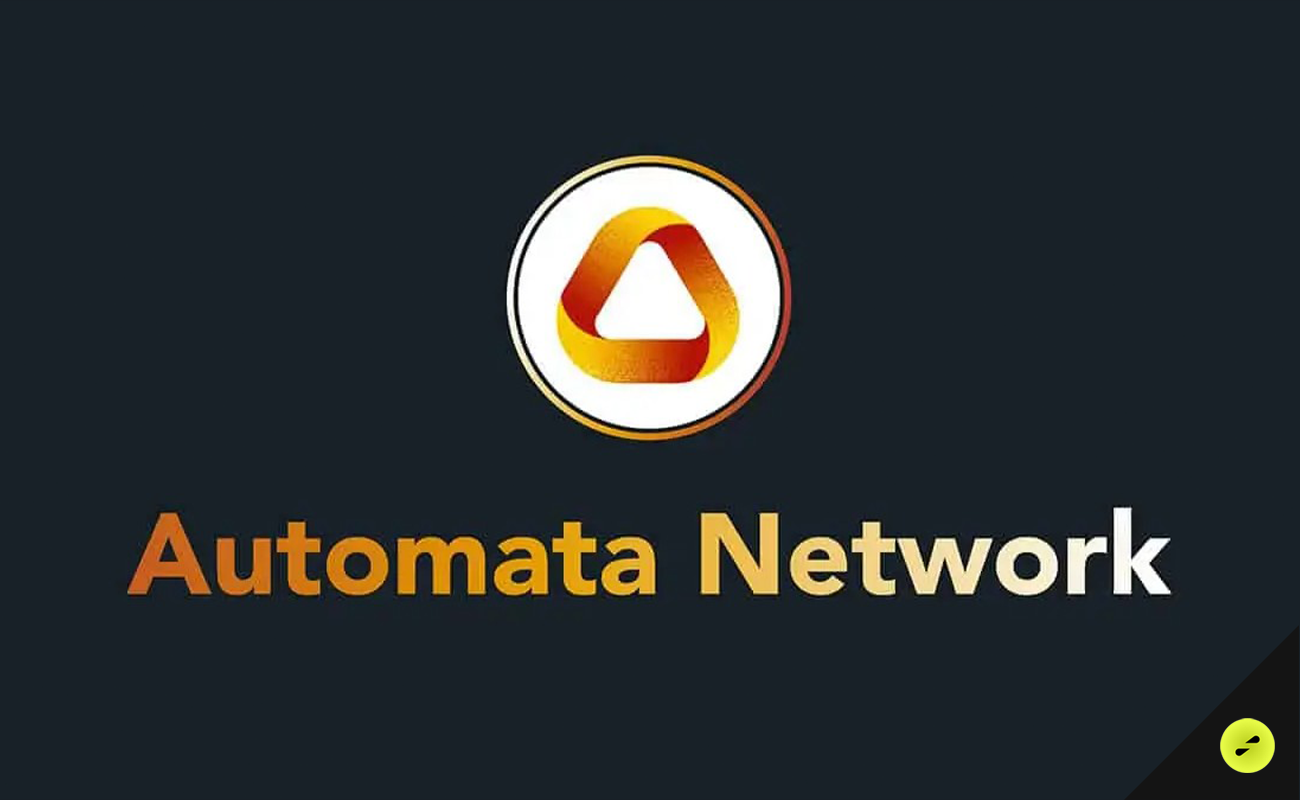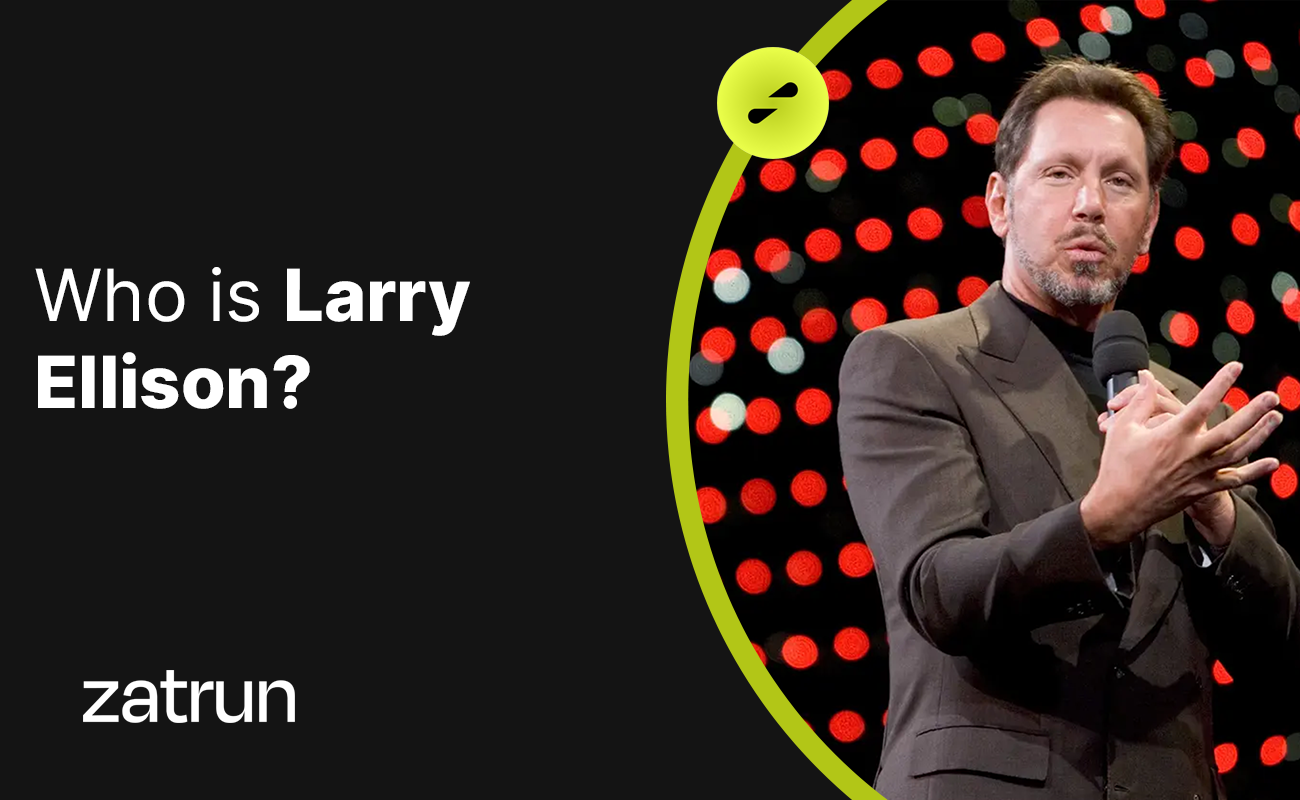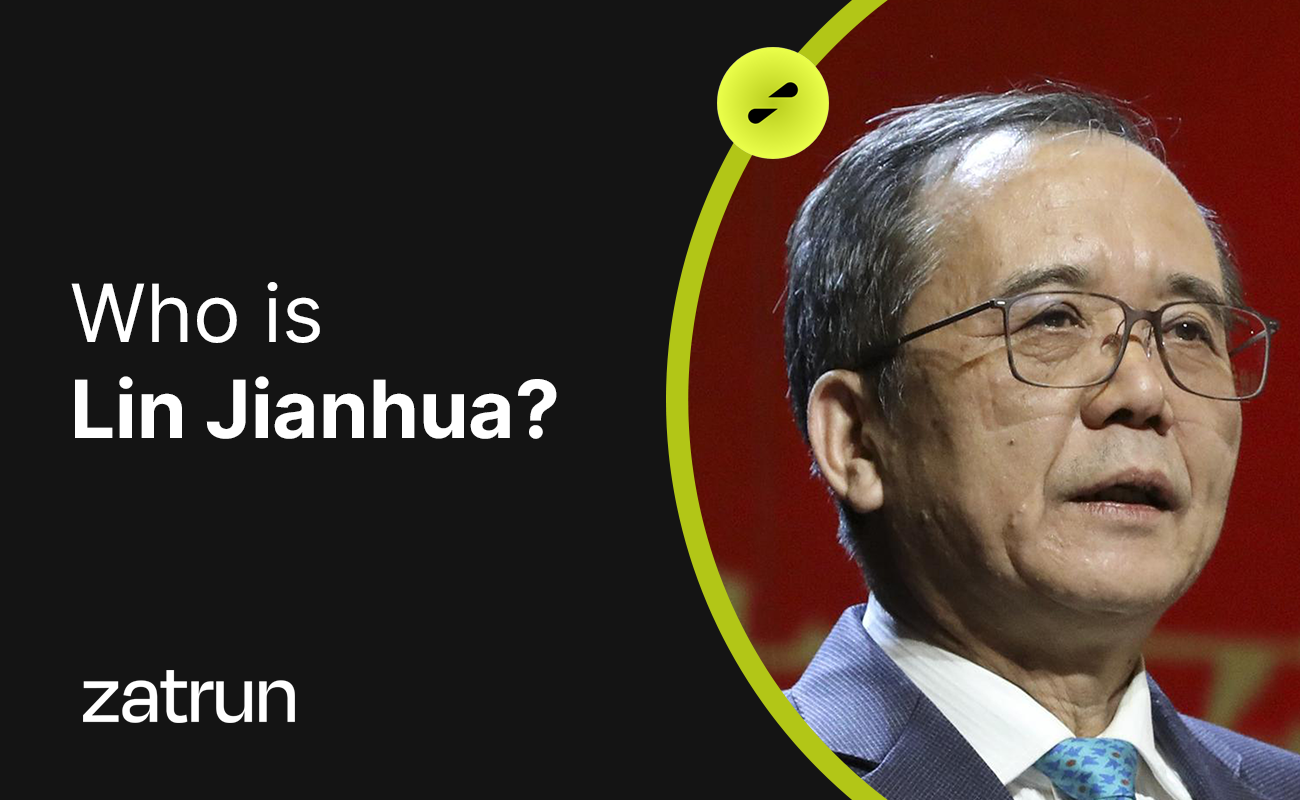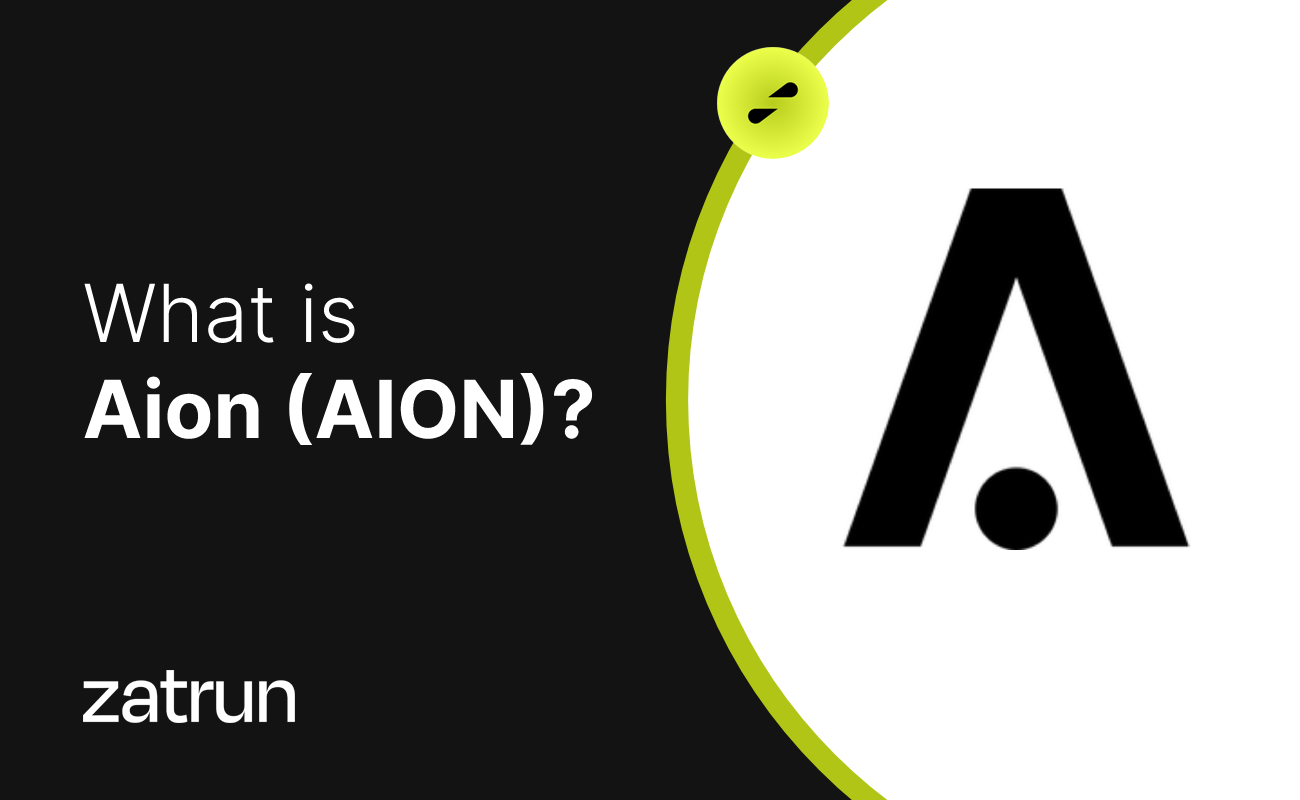In the age of Web 3.0, decentralized projects have taken center stage, and Automata Network has emerged as a prominent player in this transformative landscape. Renowned for its emphasis on privacy and its role as a privacy layer solution within a multi-chain era, Automata Network has captured the attention of those seeking to embrace Web 3.0 services. Despite the uncertainties, ATA has surged to the top of watchlists, building upon its recent market successes.
ATA Coin Unveiled
Automata Network stands as a privacy middleware for decentralized applications (dApps) in Web3. In more technical terms, it is a high-performance computation protocol that provides privacy, high security, and seamless operations to Web 3.0 applications and businesses. ATA, on the other hand, is a BEP-20 and ERC-20 token, serving as the native utility token for Automata Network.
Unveiling the ATA Project and Whitepaper
Automata Network aims to be more than just a simple privacy middleware for Web 3.0. The project strives to offer a myriad of solutions beyond privacy. As laid out in the technical paper, privacy takes precedence in this endeavor. The primary goal is to empower Web 3.0 applications and businesses with privacy, followed by enhanced security and seamless operations, creating a high-performance computation protocol.
The Automata Network project is on a mission to achieve a seamless Web 3.0 experience, delivering the essential functionalities and infrastructure. It addresses the lack of transparency in data ownership, censorship, and unauthorized intrusion into personal privacy. To fulfill this vision, the project offers a variety of products.

Founders of ATA Coin: Who Are They and Where Are They From?
ATA was founded in 2019 by a team of prominent blockchain developers and researchers, including former founding members of Ziliqa. Zheng Leong Chua and Deli Gong, as co-founders, have made significant contributions to the sector, showcasing their expertise in various high-profile projects. The team consists of a total of 11 members who have participated in events such as Web3 Grant, Web 3.0 Bootcamp, and other crucial activities, further enhancing their profile.
Automata Network (ATA) Use Cases
ATA, the native utility token of Automata Network, serves several use cases and functions as both an ERC-20 and BEP-20 token. Some of the primary use cases for ATA are as follows:
- Governance: ATA enables token holders to participate in governance decisions for the Automata Network.
- Mining Rewards: Users can earn mining rewards through ATA, further incentivizing network participation.
- Protocol Fees: ATA is used for covering protocol fees within the Automata Network ecosystem.
- Geode Allocation: ATA plays a crucial role in the allocation of geodes, contributing to network security.
What Makes Automata Network (ATA) Project Unique?
The Automata Network project is driven by its vision of becoming the go-to privacy service for DeFi and Web3 activities. At the core of its uniqueness is the goal to address the current lack of transparency and provide privacy-focused solutions, making it a pivotal player in the industry. By seamlessly integrating with existing blockchain infrastructures, it aims to fill a significant gap in the market by offering privacy-focused solutions.
Key features that set the ATA project apart and define its uniqueness include:
- Designed for Web3 Purposes: It is tailored for creating applications for Web3, incorporating features such as anonymous voting, miner-extractable value (MEV), and do-not-track indexing.
- Private Governance: The project offers an off-chain private solution for participants to engage in blockchain governance without revealing their identities or preferences.
- Support for Multiple Chains: Automata Network supports Ethereum, Binance Smart Chain, and other Substrate-based EVM-compatible chains.
Advantages and Disadvantages of ATA Coin
While Automata Network (ATA) boasts numerous advantages, like any project, it also presents certain considerations. To form an accurate assessment of the project and gain insight into its future performance, it is recommended to evaluate its strengths and weaknesses. Here are the advantages and disadvantages of the Automata Network (ATA) project:
Advantages:
- Offers privacy services for various blockchains, allowing users to take control of their data.
- Provides a secure and neutral computation layer.
- Addresses the lack of transparency in data ownership, censorship, and unauthorized intrusion into personal privacy.
While Automata Network (ATA) Coin exhibits great promise, users and investors should conduct further research to make informed decisions based on their specific needs and risk tolerance. Visit Zatrun.com for an in-depth analysis of Automata Network, where you can explore its potential benefits and considerations for your investment strategy.












